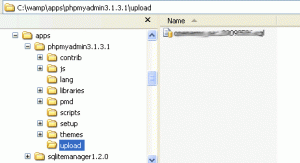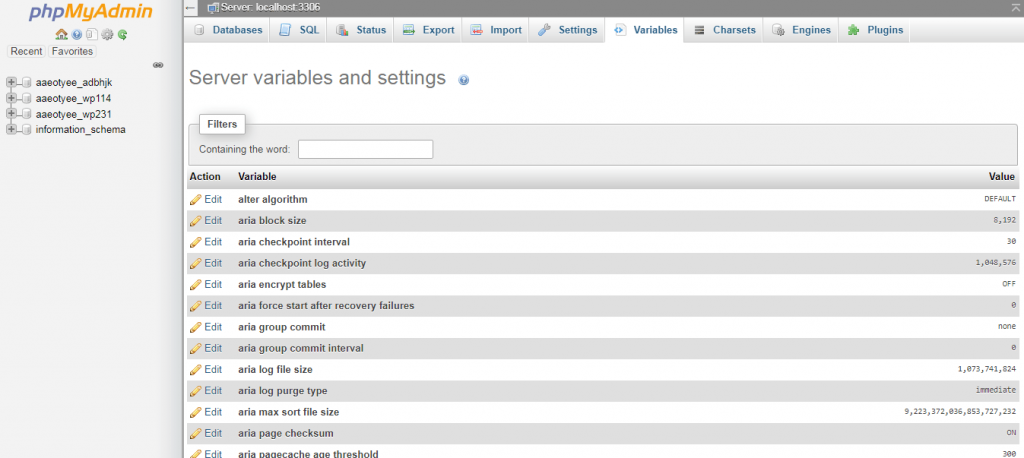

In addition, remember that your remote database's username and password is stored in plain text when you connect like this, so you should take steps to ensure that no one can access this config file. Without proper server configuration, the connection may be slower than a local connection for example, it's would probably be slightly faster to use IP addresses instead of host names to avoid the server having to look up the IP address from the hostname. Find the $cfg and $cfg variables and set these to your username and password for the remote server.Find the $cfg variable, and set it to the remote mysql port.Find the $cfg variable, and set it to the IP or hostname of your remote server.Find phpMyAdmin's configuration file, called.If for any reason the link dies, you can use the following steps:

It can be done, but you need to change the phpMyAdmin configuration, read this post: I wrote a more in-depth blog post about exactly this, in case you need additional help. Add the following to the end of the file: $cfg = 'Remote Server 1' // Change this to whatever you like. If you want to run this in the background, you'll need to add the -f argument, and set up Passwordless SSH between your local machine and the remote machine.Īfter you've got the SSH tunnel working, you can add the remote server to the servers list in your local phpMyAdmin by modifying the /etc/phpmyadmin/ file. The following command will set up an SSH tunnel which will forward all requests made to port 3307 from your local machine to port 3306 on the remote machine: ssh -NL 3307:localhost:3306 prompted, you should enter the password for the root user on the remote machine. I prefer a slightly different solution involving SSH Tunnelling. And for that to work, you have to configure the remote server's MySQL server to accept remote connections, and allow traffic through the firewall for the port number that MySQL is listening to. Note: As the IP addresses are parsed on startup, expressions are not evaluated at request time.It is certainly possible to access a remote MySQL server from a local instance of phpMyAdmin, as the other answers have pointed out. IPv6 addresses and IPv6 subnets can be specified as shown below: Require ip 2001:db8::a00:20ff:fea7:ccea Note that the last three examples above match exactly the same set of hosts. Similar to the previous case, except the netmask consists of nnn high-order 1 bits. For more fine-grained subnet restriction.Ī network/nnn CIDR specification: Require ip 10.1.0.0/16 The first 1 to 3 bytes of an IP address, for subnet restriction.Ī network/netmask pair: Require ip 10.1.0.0/255.255.0.0Ī network a.b.c.d, and a netmask w.x.y.z. When Require ip ip-address is specified, then the request is allowed access if the IP address matches.

The ip provider allows access to the server to be controlled based on the IP address of the remote client. Since v2.4.8, expressions are supported within the host require directives. Access can be controlled by hostname, IP Address, or IP Address range. These authorization providers affect which hosts can access an area of the server.

Other authorization types may also be used but may require that additional authorization modules be loaded. mod_authz_host extends the authorization types with ip, host, forward-dns and local. Apache's Require directive is used during the authorization phase to ensure that a user is allowed or denied access to a resource.


 0 kommentar(er)
0 kommentar(er)
